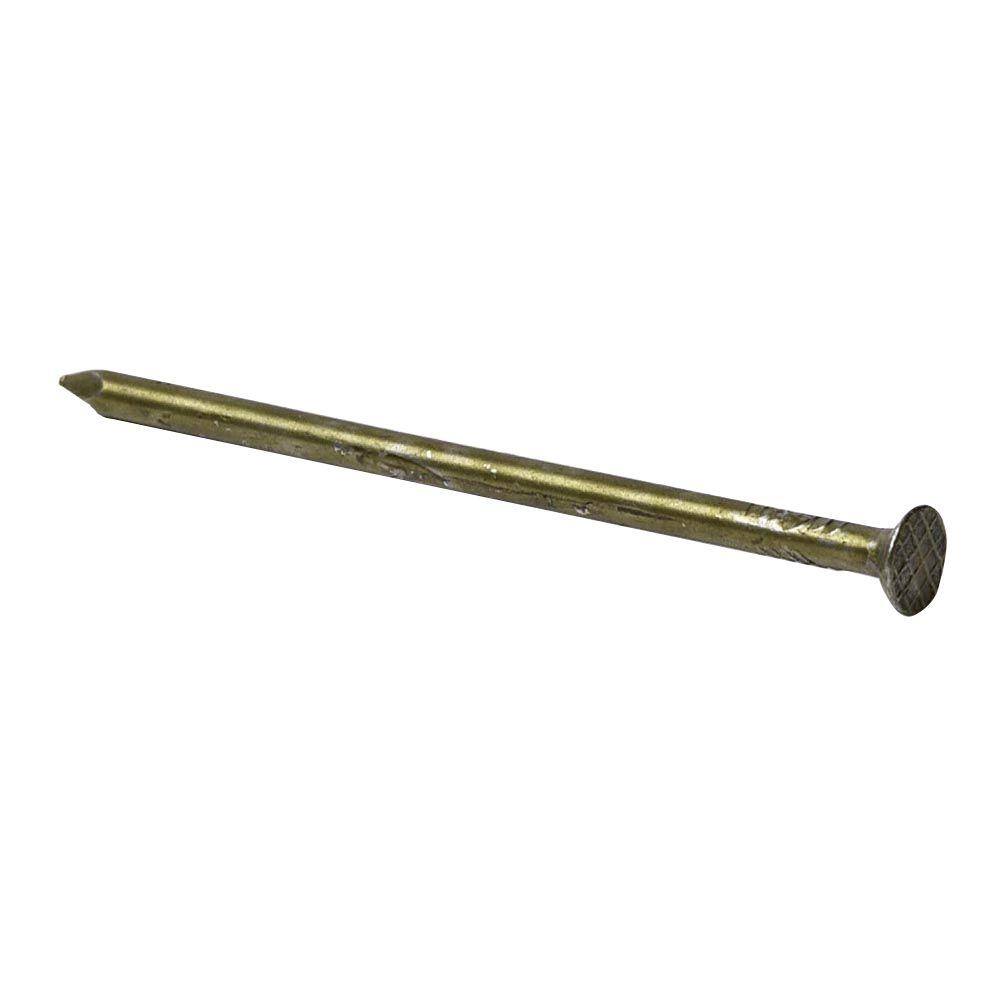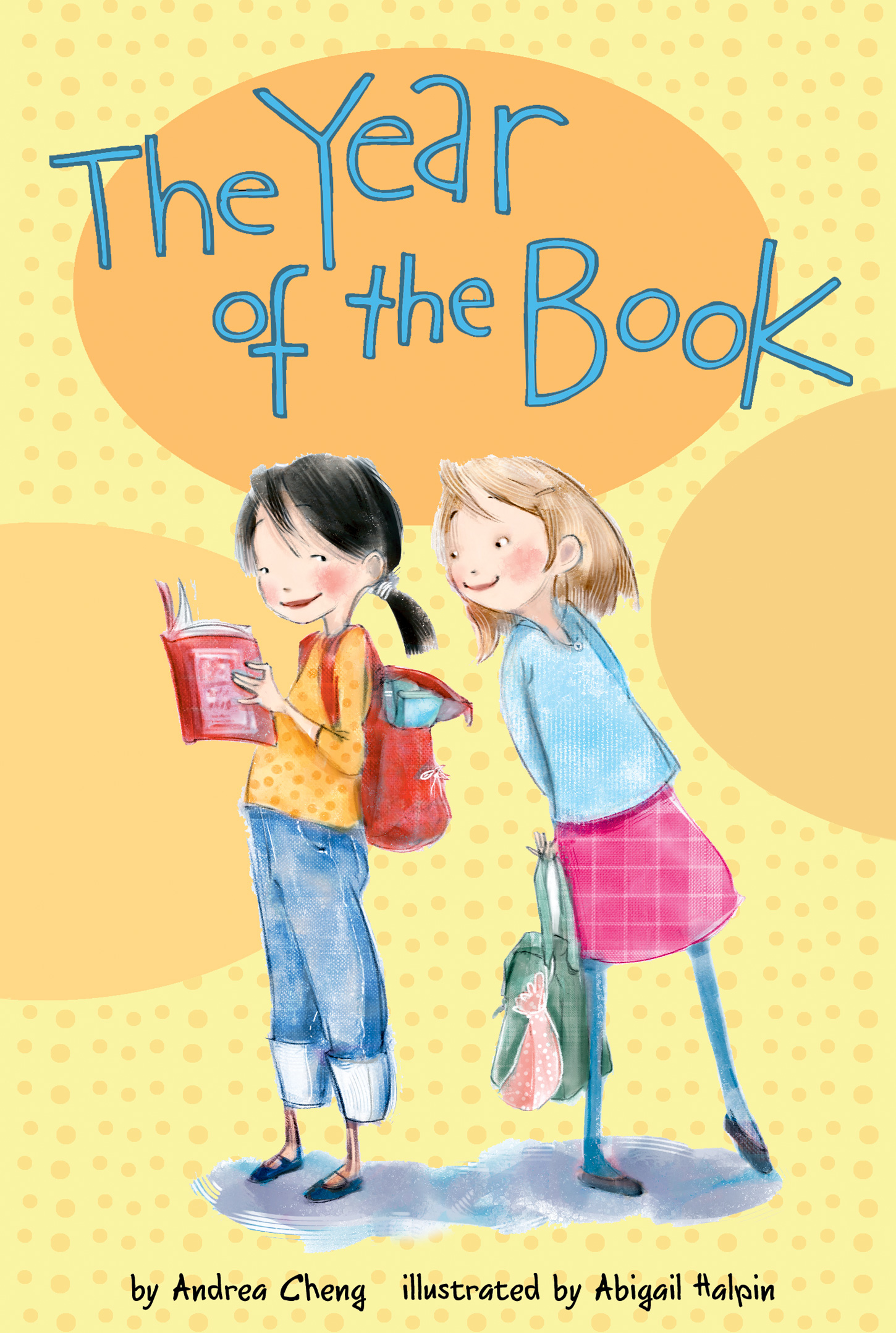STATE TEST PREPARATION
This week the students completed their first practice test on the Chromebooks in preparation for the upcoming Smarter Balanced Reading Test. The students seemed very comfortable logging in and completing this practice. Overall, the class demonstrates confidence when it comes to technology, so that seems like one less hurdle to overcome.
To see what a practice test looks like, you can access them at the link below.
Testing Schedule
Mathematics Tests - May 18-19
READER'S WORKSHOP



Please consider coming in during any of our Reader's Workshops. I will continue to welcome multiple volunteers during each workshop session. Just send an email to let me know you are coming.
Thank you!
Thursday 9:30-10:30
Friday 10:00-11:00
WRITING
We are deep into our Opinion Writing Unit. So far, we’ve spent time discussing what we know about opinion writing and reading some fun little stories that demonstrate the art of persuasive writing.
These texts were meant to prompt discussions about the important "parts" of persuasive writing. The chart below shows what was discussed.
We then brainstormed many possible topics for our persuasive writing pieces. This is what they came up with.
We will be finishing these up this week.
MATH
We started by examining the fraction relationships inherent in the units of length--feet and inches.
1 foot = 12 inches
1/2 foot = 6 inches
1/3 foot = 4 inches
1/4 foot = 3 inches
1/6 foot = 2 inches
1/12 foot = 1 inch
The students completed a hands-on activity with this concept in order to help them "see" the relationships visually and mathematically.
They then used the visual pieces to help them solve complex conversions between feet and inches.
Next, we visited several units of volume from earlier in the year--gallons, quarts, pints, and cups.
We completed an activity to help us see the relationship between them.
We began with 4 pieces of colored construction paper, each representing a different unit of volume.
We chose the yellow one to represent 1 gallon.
To understand the relationship between gallons and quarts, we took a second piece of construction paper and folded it into fourths. After unfolding the paper and cutting out the squares, we labeled each square 1 quart.
Next we took a third piece of paper and again folded it into fourths and then folded it one more time creating eighths. We unfolded the paper, cut out the rectangles, and labeled each rectangle 1 pint.
The final piece of paper was again folded into fourths, and then eighths, and then one more time creating sixteenths. After cutting out sixteen small squares we labeled each square 1 cup.
Now that we had these visual models of the relationships between these units, we spent some time identifying various equivalencies.
Next up, we will use these to examine the relationships between these units of volume as we describe their equivalencies using whole numbers, as well as fractions.
For example, the relationship between gallons and quarts can be described as:
1 Gallon = 4 Quarts
(whole numbers)
1 Quart = 1/4 Gallon
(fractions)
Fraction Benchmarks
The students were introduced to the concept of using the fraction benchmarks-- 0, 1, and ½.
I started by asking them to name a fraction that was close to 0, and another that was close to 1 whole. We talked about how we knew this and even drew a model to show these amounts as being “almost nothing” and “almost the whole thing”. We then took a look at fractions that were “close to ½” but not exactly.
4 5
10 8 Both of these fractions are close to half.
One is slightly smaller than half, one is slightly larger than half. Seeing this "relationship to half" makes it super easy to see who's larger.
This careful look at the size of the numerator in relationship to the denominator was what I was aiming at. This estimation came easy for some, but not always for everyone.
Our first practice opportunity with this concept involved fraction dice. Each student was given a pair of fraction dice, which they rolled and compared using the fraction benchmarks on a number line.


The fractions that were kind of stumpers were the ones where both fractions were less than or greater than 1/2 or both close to 1 whole. It was here that most students had to rely on another strategy, such as drawing a model in order to see the larger fraction. It was fun to see the layers of challenge emerge throughout the activity.
For our second day with this concept we traded dice for playing cards. This time they played fraction war.


We used the ace through 10 playing cards to represent the numerator and denominator of the fraction. They were given a black strip of paper to represent the fraction line. Groups of two or three worked together to flip up cards and compare the three different fractions created. They were given the fraction benchmarks on a number line in order to help them determine who’s fraction was the largest.
SCIENCE
The students have spent the last 2 weeks examining, testing, and identifying 12 mystery minerals.
Goal: Classify each mineral as...
glassy
dull
waxy
metallic
Mineral Test # 3: Streak
Goal: Identify the color of the streak left on a black or white ceramic tile.
Mineral Test #4: Hardness
Goal: Test the hardness of each mineral, and classify each as soft, medium, or hard. (ask your child about this test)

Mineral Test #5: Light
Goal: Classify each mineral as..
translucent - light can pass through
transparent - light and shapes can be seen through
opaque- no light can pass through
Mineral Test #6: Magnetism
Goal: Classify each mineral as..
magnetic
not magnetic
Soren's Wish
On Friday afternoon I shared something special with the students. I took a moment to talk about my son Soren's battle with cancer and the "Wish" he was granted from the Make-a-Wish Foundation. His wish was to become a super-hero in his own movie, and his movie is available for viewing on youtube. The students loved Super Soren the Monster Hunter!
IMPORTANT DATES
May 8, 9, 10 - Smarter Balance Language Arts Test
May 18-19 - Smarter Balance Math Test
June 1 - Portland Bridge Tour
























.jpg)













No comments:
Post a Comment